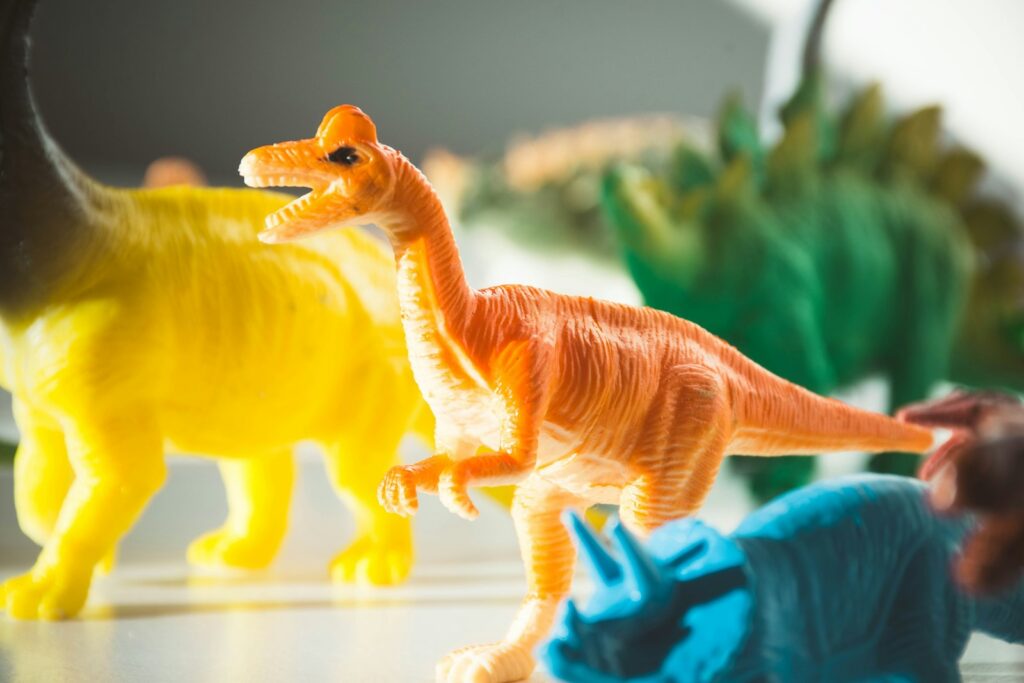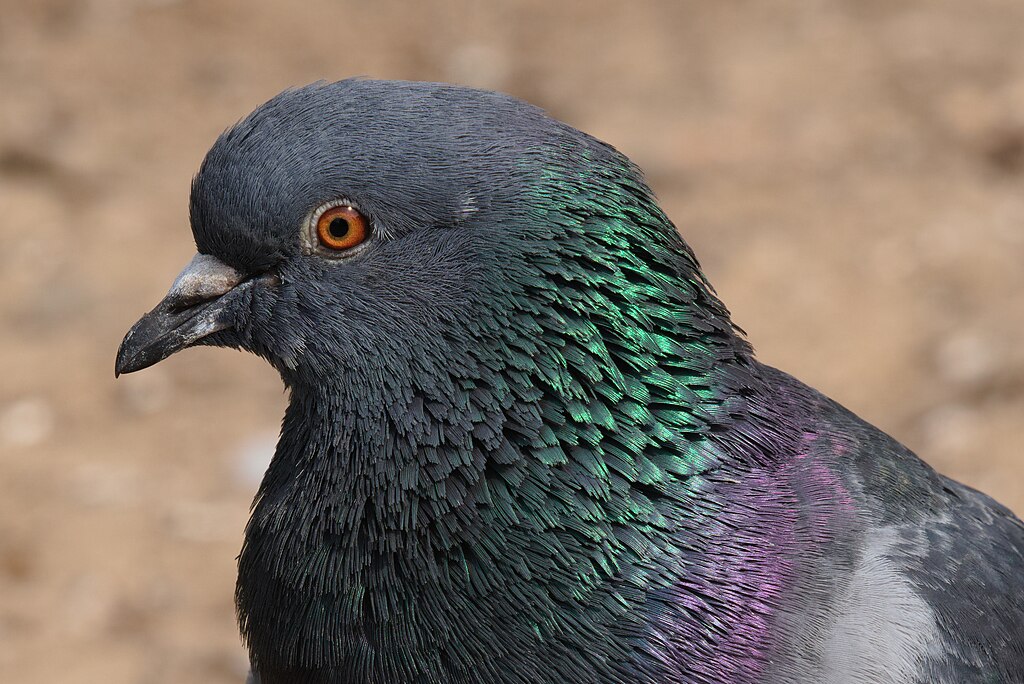When Dr. Ellie Sattler stepped onto the screen in 1993’s “Jurassic Park,” she represented a watershed moment for the portrayal of women in scientific fields within popular culture. With her khaki shorts, practical knowledge, and refusal to be sidelined, Laura Dern’s character became an instant icon for aspiring female scientists. However, the evolution of female paleontologists in entertainment didn’t begin or end with Dr. Sattler. From early cinema to modern streaming series, the portrayal of women who study fossils has undergone a fascinating transformation, reflecting changing social attitudes and scientific realities. This article explores how female paleontologists in popular culture have evolved, the milestones that have shaped their representation, and what these changes tell us about society’s view of women in science.
The Early Absence: Women Missing from Early Paleontological Narratives

In the early days of film and television, paleontology was predominantly portrayed as a male domain, with women largely absent from scientific narratives. Early paleontology-focused films like “The Lost World” (1925), based on Arthur Conan Doyle’s novel, featured all-male scientific expeditions with women relegated to love interest roles if they appeared at all. This erasure wasn’t surprising considering the scientific community of the time; despite women like Mary Anning making significant fossil discoveries in the 19th century, their contributions were often overlooked or attributed to male colleagues. Hollywood simply mirrored the scientific establishment’s gender bias, presenting dinosaur hunting as a rugged, masculine pursuit unsuitable for women. This absence sent a powerful message to audiences that paleontology was not a field where women belonged, reinforcing societal expectations that limited women’s scientific aspirations during the first half of the 20th century.
From Assistants to Accessories: Early Female Characters in Dinosaur Films
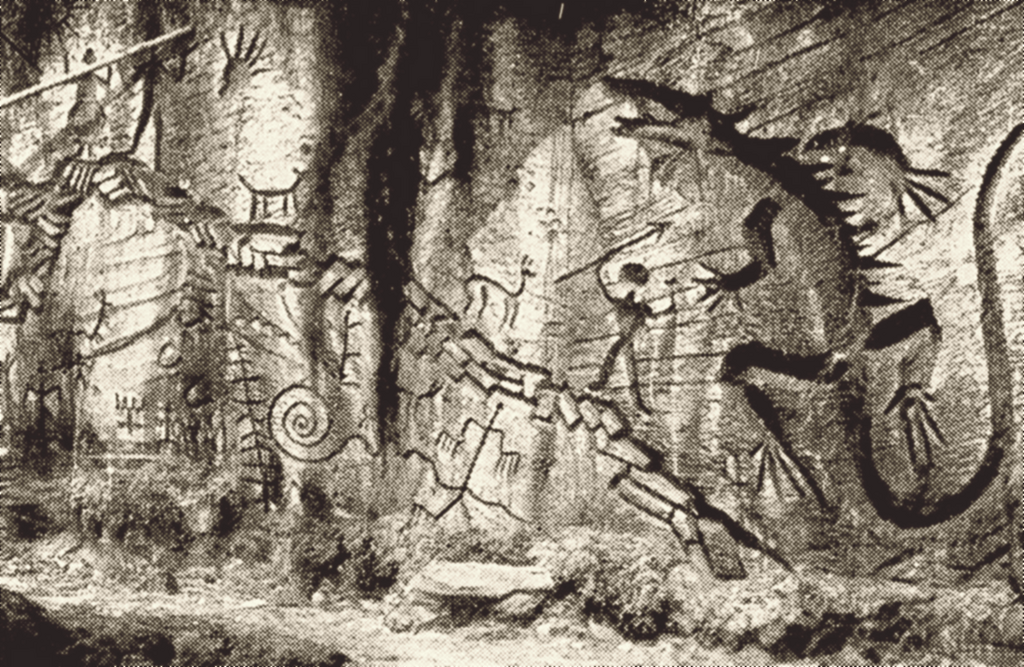
When women did begin to appear in paleontology-themed entertainment, they were typically cast as assistants, note-takers, or romantic diversions for male scientists rather than professionals in their own right. Films like “One Million B.C.” (1940) and “Journey to the Center of the Earth” (1959) included women on expeditions, but primarily as decorative additions who needed protection from prehistoric dangers. These characters rarely contributed meaningful scientific insights and often served as devices to create romantic tension or provide opportunities for heroic rescues. Their wardrobes reflected their ornamental status, with impractical outfits unsuitable for fieldwork but designed to emphasize their femininity. Even when these female characters showed courage or resourcefulness, the narrative framework positioned them as exceptions proving the rule that real science remained men’s work. This “assistant syndrome” persisted well into the 1980s, reflecting broader cultural reluctance to accept women as authoritative scientific figures.
The Academic Archetype: Emergence of the Female Professor

By the 1970s and 1980s, a new character type began to emerge: the female academic paleontologist. These characters, often appearing in supporting roles, were typically portrayed as intellectually capable but socially awkward women who had sacrificed femininity for scientific achievement. Television series like “Land of the Lost” (1974-1976) occasionally featured female scientist guest stars who were knowledgeable but frequently undermined by their emotional reactions to situations or romantic subplots. These characters were often visually coded as “serious” through stereotypical signifiers like severe hairstyles, glasses, and conservative clothing. While their presence acknowledged that women could be scientific authorities, the subtext frequently suggested that female scientists were somehow less complete as women. This portrayal reinforced the harmful notion that women had to choose between professional success and personal fulfillment, a false dichotomy rarely applied to male characters. Nevertheless, these characters represented progress by establishing that women could indeed occupy positions of scientific authority.
The Sattler Effect: Jurassic Park’s Revolutionary Portrayal
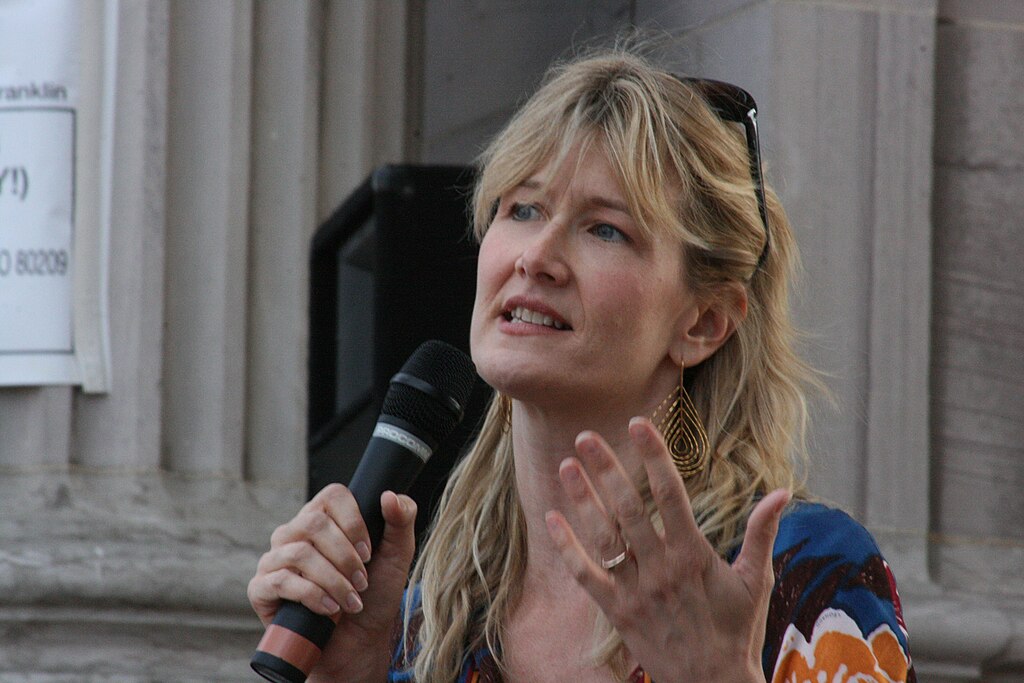
Dr. Ellie Sattler’s appearance in “Jurassic Park” (1993) marked a genuine paradigm shift in how female paleontologists were portrayed in popular culture. Unlike her predecessors, Sattler was presented as a fully-realized professional who didn’t need to justify her presence in a scientific setting. Laura Dern’s character combined professional competence with compassion, practical knowledge with theoretical expertise, and managed to maintain her femininity without it undermining her scientific authority. Director Steven Spielberg and writer Michael Crichton made several significant choices that differentiated Sattler from previous portrayals: she was dressed practically rather than glamorously, she made crucial scientific observations that male characters missed, and she was portrayed as equally comfortable examining dinosaur droppings as discussing complex theories. Perhaps most importantly, while she had a romantic subplot with Dr. Grant, her primary function in the narrative was as a scientist rather than as a love interest. Sattler’s portrayal resonated with audiences and inspired a generation of young women to consider careers in paleontology, demonstrating the real-world impact fictional representations can have.
Beyond the Binary: Moving Past Traditional Gender Roles
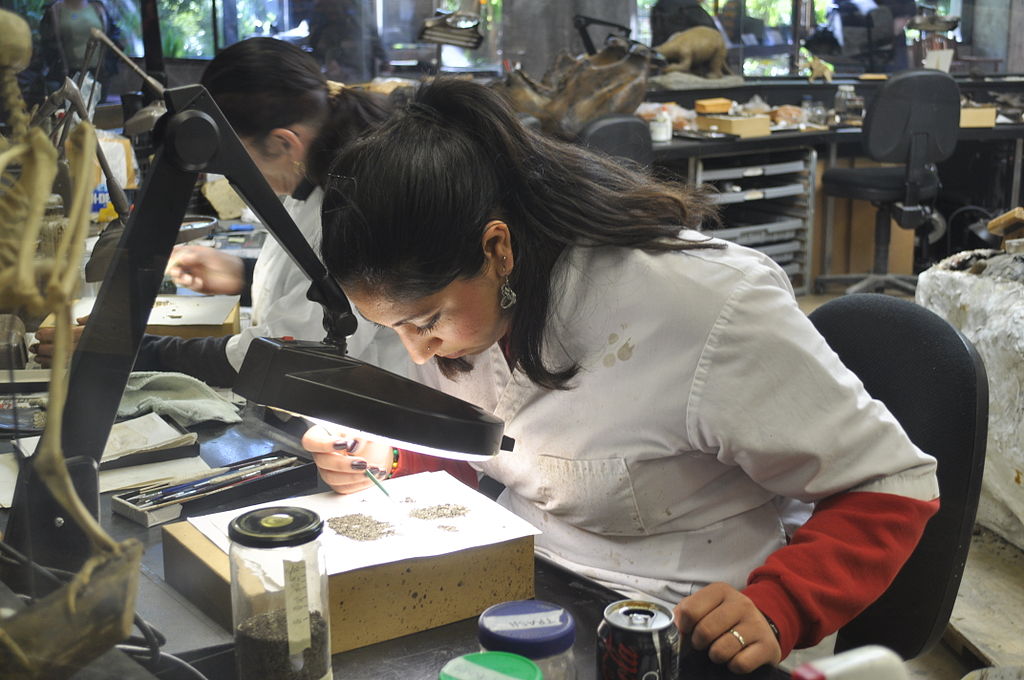
Following Dr. Sattler’s breakthrough, the late 1990s and early 2000s saw an increasing number of female paleontologist characters who defied traditional gender expectations entirely. Films like “The Lost World: Jurassic Park” (1997) introduced Dr. Sarah Harding (Julianne Moore), a behavioral paleontologist who was arguably more field-ready and fearless than her male counterparts. Television began featuring women like Dr. Brennan from “Bones” (2005-2017), whose forensic anthropology frequently involved paleontological knowledge. These characters weren’t defined by their gender but by their expertise and personalities, representing a significant evolution from earlier portrayals. They weren’t written as “female scientists” but as “scientists who happened to be female,” with storylines that focused on their professional challenges rather than gender-based obstacles. This shift reflected changing social attitudes about women in STEM fields, acknowledging that gender needn’t determine scientific capability or professional authority. These characters demonstrated that women could be tough, brilliant, flawed, and complex – just like their male counterparts had always been allowed to be.
The Mentor Figure: Women as Scientific Authorities

A particularly significant development in the 2000s was the emergence of female paleontologist characters as mentors and authorities who guided other characters, including men. Documentaries like “Walking with Dinosaurs” and educational programs increasingly featured female paleontologists as expert commentators and hosts, normalizing the image of women as authoritative voices in the field. In fiction, films like “Lake Placid” (1999) included female paleontologist characters who possessed specialized knowledge that male characters lacked and needed to respect. This mentor archetype represented a complete reversal from earlier portrayals where women were always the students, never the teachers. The visual presentation of these characters also evolved, with less emphasis on their appearance and more focus on their expertise and professional accomplishments. By positioning women as the experts to whom others turned for guidance, these narratives helped challenge long-standing assumptions about scientific authority being inherently masculine. This trend reflected real-world changes as more women achieved senior positions in paleontology departments and research institutions.
The Young Explorer: Appealing to New Generations
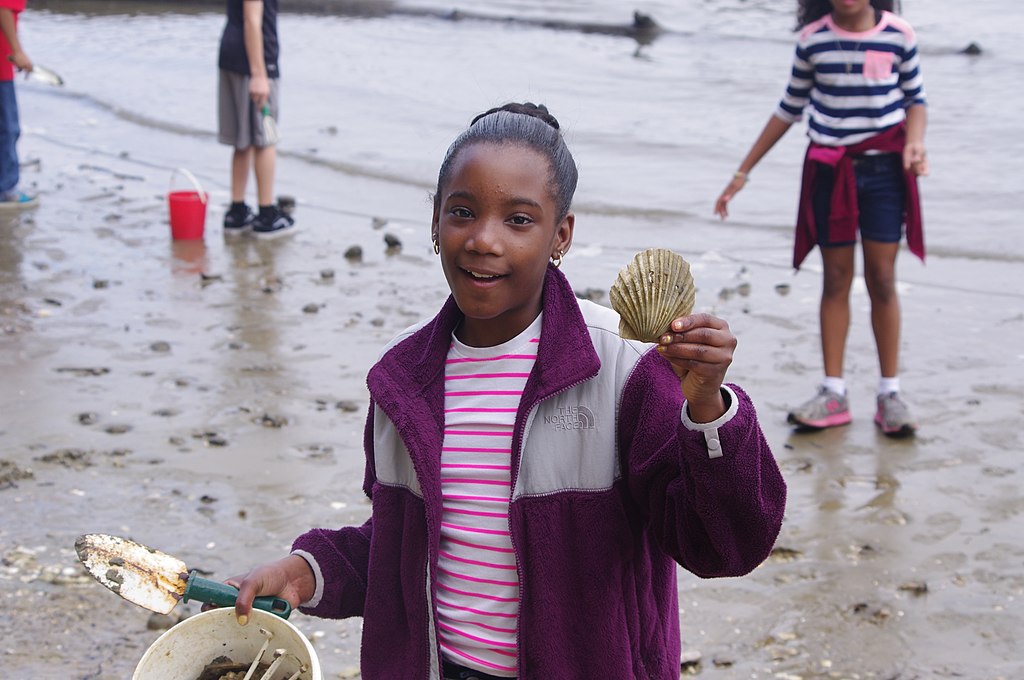
As children’s entertainment began incorporating more paleontological themes, a new archetype emerged: the young female paleontologist or fossil enthusiast. Animated series like “Dinosaur Train” introduced young female characters passionate about fossils and dinosaur science, while films like “Journey to the Center of the Earth 2: The Mysterious Island” (2012) featured teenage girls with scientific ambitions. These characters served as identification figures for young female viewers, normalizing the idea that an interest in paleontology was appropriate for girls. The characters were typically portrayed as curious, intelligent, and adventurous – qualities previously reserved primarily for boy characters in children’s entertainment. Educational programming like “Bill Nye the Science Guy” and “The Magic School Bus” made deliberate efforts to include diverse representations of future scientists, including girls excited about fossils and prehistoric life. By targeting younger audiences with these portrayals, media creators helped ensure that girls could see themselves in paleontological roles before societal biases had a chance to discourage their scientific interests.
Diverse Perspectives: Breaking the White Female Mold
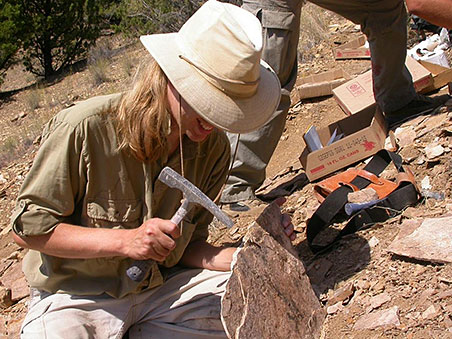
For many years, even as female paleontologist characters became more common, they remained predominantly white, reflecting a lack of racial diversity in both fictional portrayals and the real-world field. However, the 2010s saw important strides toward more inclusive representation with characters like Dr. Iris West in “Terra Nova” (2011) and Dr. Zia Rodriguez in “Jurassic World: Fallen Kingdom” (2018). These characters brought diverse cultural perspectives to paleontological narratives and acknowledged the global nature of the science. Documentaries and educational programs also began featuring more women of color as paleontological experts, reflecting efforts to diversify the real scientific field. This evolution acknowledged that paleontology belongs to all humanity, not just Western white men or women. The increasing diversity of female paleontologist characters allowed more viewers to see themselves represented in scientific roles, potentially inspiring broader participation in the field. These characters often brought unique perspectives to fossil interpretation based on their varied cultural backgrounds, enriching the fictional portrayal of paleontology as a discipline.
The Flawed Scientist: Embracing Complexity

As portrayals of female paleontologists matured, characters were increasingly allowed to display flaws, ethical complexities, and professional struggles that made them more three-dimensional. In contrast to earlier perfect “token female” characters who had to represent all women flawlessly, newer characters like Dr. Kate Lloyd in “The Thing” prequel (2011) made mistakes, had scientific disagreements, and sometimes failed despite their expertise. Television series like “Primeval” featured female paleontologists who made morally ambiguous choices in pursuit of knowledge or faced professional jealousy and competition. This new willingness to portray female scientists as complex, sometimes contradictory individuals represented significant progress in representation. By allowing female paleontologist characters to be as flawed and human as their male counterparts had always been permitted to be, creators acknowledged that perfection wasn’t a requirement for women to deserve professional respect. These more nuanced portrayals helped dismantle the “exceptional woman” trope where female characters had to be extraordinary to justify their presence in scientific narratives.
Digital Frontiers: Paleontology in Video Games

Video games emerged as an important new medium for portraying female paleontologists, often allowing players to actually embody these roles rather than just observe them. Games like “Fossil Fighters” included playable female paleontologist characters with the same capabilities as male options, while educational games like “Dinosaur Detective” featured female paleontologist guides. The “Tomb Raider” reboot series reimagined Lara Croft with more archaeological and paleontological knowledge, making her expertise as important as her physical abilities. These interactive experiences offered a particularly powerful form of representation, allowing players to actively participate in fossil discovery and scientific analysis through female characters. The immersive nature of gaming made these portrayals especially influential for young audiences, normalizing the connection between women and paleontological work. Additionally, many paleontology-themed games included customizable characters, allowing players of any gender to create scientists that represented themselves, further breaking down gender barriers in fictional scientific representation.
Social Media Stars: Real Female Paleontologists as Influencers

The 2010s saw a blurring of the line between fictional and real female paleontologists as actual women in the field gained prominence through social media platforms. Paleontologists like Dr. Riley Black (formerly writing as Brian Switek), Dr. Lisa Buckley, and Dr. Jingmai O’Connor built substantial online followings through platforms like Twitter, Instagram, and YouTube, becoming pop culture figures in their own right. Their visibility helped provide authentic models of diverse women succeeding in paleontology, influencing fictional portrayals to become more realistic. Television programs increasingly featured these real female paleontologists as expert commentators, further cementing the public image of women as authoritative voices in the field. Documentaries like those produced by PBS and BBC began showcasing female paleontologists doing fieldwork, analyzing specimens, and making discoveries, providing audiences with real-world counterparts to fictional characters like Dr. Sattler. This cross-pollination between fictional representation and real-world visibility created a powerful feedback loop that normalized women’s presence in paleontology both on screen and in laboratories.
Contemporary Challenges: Persistent Stereotypes and New Directions
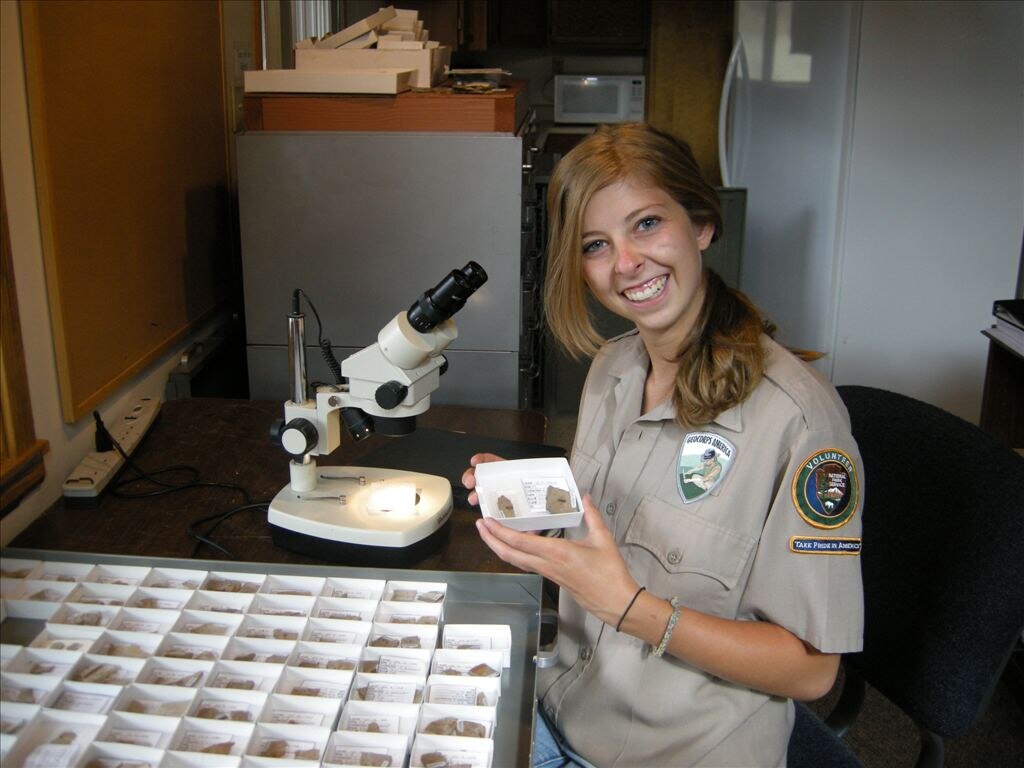
Despite significant progress, contemporary portrayals of female paleontologists still face challenges and occasionally revert to problematic tropes. Some recent films continue to emphasize romantic subplots for female scientists while male characters remain focused on their work, and others still introduce token female characters without fully developing them. The “beauty and brains” stereotype persists in some portrayals, suggesting that female scientists must maintain conventional attractiveness alongside their expertise to be worthy of screen time. However, promising trends continue to emerge in streaming content, with series like “Prehistoric Planet” featuring numerous female paleontologist commentators and consultants. The increasing presence of women behind the camera as directors, writers, and scientific consultants for paleontology-themed entertainment has led to more authentic and nuanced female characters. As real-world paleontology continues to diversify, with women now earning approximately half of paleontology PhDs in many countries, media representations have new opportunities to reflect this changed reality and further influence public perceptions of who belongs in this scientific field.
Conclusion
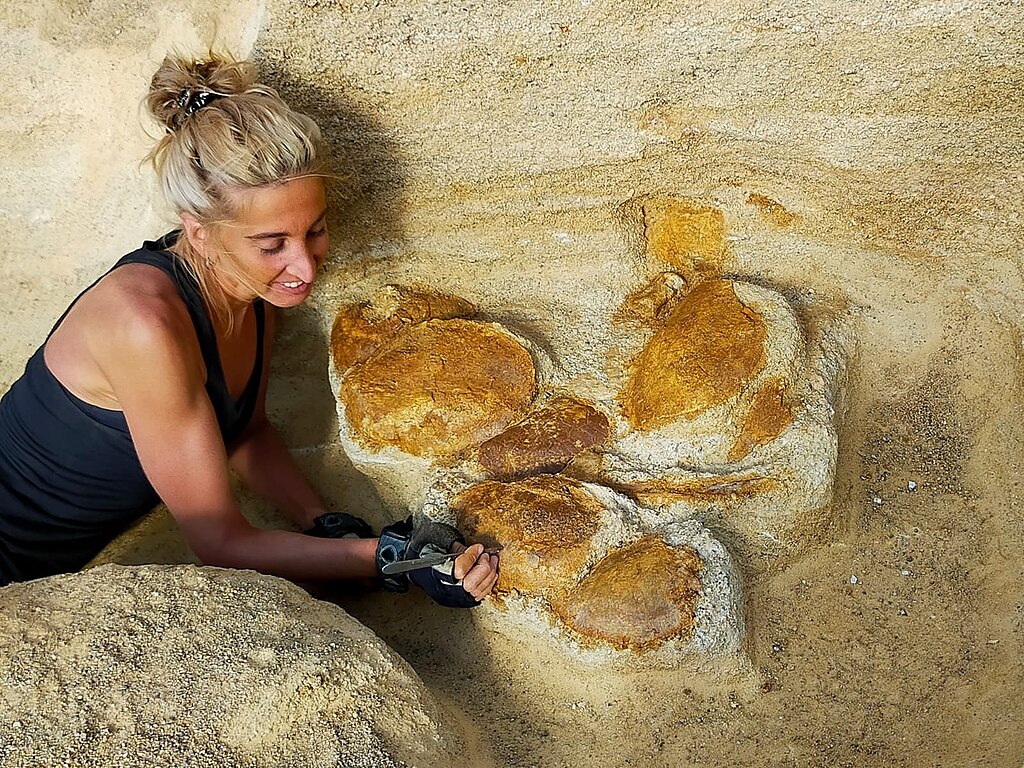
The evolution of female paleontologists in popular culture reflects broader societal changes in attitudes toward women in science. From complete absence to tokenism, from assistants to authorities, these portrayals have slowly transformed to acknowledge women’s rightful place in the field. Dr. Ellie Sattler remains a pivotal figure in this evolution, but she stands as part of a continuum rather than an endpoint. As representation continues to diversify and deepen, fictional female paleontologists increasingly inspire real women to pursue careers studying prehistoric life, creating a positive cycle of influence between media and reality. The journey from invisible to iconic wasn’t swift or straightforward, but each character contributed to normalizing the image of women as fossil hunters, dinosaur experts, and scientific authorities. By examining this evolution, we gain insight not just into changing media trends, but into society’s expanding view of who can contribute to our understanding of Earth’s ancient past.

